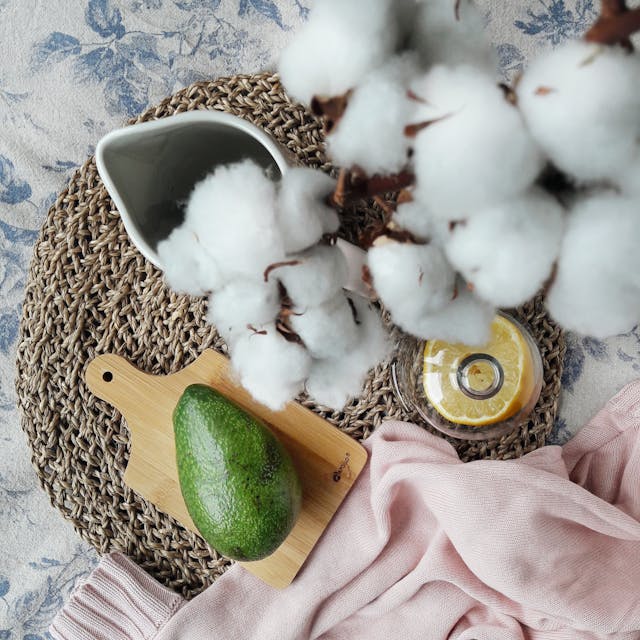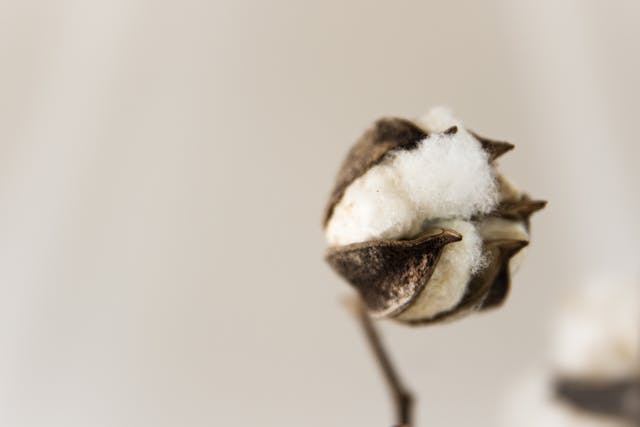Cotton has a long and storied history that dates back to 1800 B.C. in India. From this ancient period until 1500 A.D., India was at the forefront of the cotton industry, pioneering techniques and innovations that would shape the fabric’s journey across the world. This blog explores the fascinating history of cotton, its introduction to other parts of the world, and its enduring popularity in the fashion industry today.
The Ancient Roots of Cotton in India
India’s relationship with cotton stretches back over 3,800 years. Evidence suggests that as early as 1800 B.C., the people of the Indus Valley Civilization were cultivating and weaving cotton. This early use of cotton was not only a testament to the ingenuity of ancient Indian societies but also marked the beginning of a textile tradition that would influence the world.
By 1500 B.C., cotton weaving had become a sophisticated craft in India. The Hindus were the first people to weave cloth, mastering techniques that would later spread to other civilizations. Indian weavers created beautiful, durable fabrics that were highly sought after, and India quickly became the epicenter of the global cotton industry. The country’s rich tradition of spinning and weaving cotton was documented by historians and travelers, who marveled at the quality and beauty of Indian textiles.
The Spread of Cotton to Europe and the Americas
While India was the undisputed leader in cotton production and weaving for centuries, the fabric’s journey to other parts of the world began much later. Cotton was first introduced to Europe through trade routes established by the Greeks and Romans. However, it was not until the discovery of the Americas and the establishment of European colonies that cotton truly began to spread globally.
Cotton cultivation in the United States began soon after the first settlements were established. The warm climate of the southern states provided ideal conditions for growing cotton, and by the 18th century, cotton had become a major crop in the region. The introduction of the cotton gin in 1793 by Eli Whitney revolutionized cotton production, making it easier and faster to process raw cotton. This invention significantly boosted cotton production in the U.S., leading to a boom in the textile industry.
As American cotton flooded European markets, the fabric became increasingly popular. European textile mills began producing cotton fabrics in large quantities, and cotton quickly became a staple of European fashion. The Industrial Revolution further accelerated the spread of cotton, with new machinery and production techniques making it possible to produce cotton textiles on an unprecedented scale.
The Modern Cotton Industry and Its Blends
Today, cotton remains one of the most important and widely used fibers in the textile industry. Its versatility and comfort make it a favorite for a wide range of applications, from clothing to home furnishings. The modern cotton industry is characterized by a variety of blends that combine cotton with other fibers to enhance its properties and create new textures and finishes.
One of the most popular cotton blends is cotton-polyester, which combines the softness and breathability of cotton with the durability and wrinkle-resistance of polyester. This blend is commonly used in everyday clothing, such as t-shirts, jeans, and casual wear. Other blends, such as cotton-lycra or cotton-spandex, add stretch to the fabric, making it ideal for activewear and form-fitting garments.
Organic cotton is another significant development in the modern cotton industry. Grown without the use of synthetic pesticides and fertilizers, organic cotton is an environmentally friendly alternative to conventional cotton. It has gained popularity among consumers who are concerned about sustainability and the environmental impact of their clothing choices.
Cotton’s Enduring Popularity in Fashion
Cotton’s enduring popularity in the fashion industry can be attributed to several factors. First and foremost, cotton is loved for its comfort. It creates light, airy clothing that is perfect for warm weather and can be easily layered in cooler temperatures. Cotton’s breathability allows air to circulate, keeping the wearer cool and comfortable.
Another reason for cotton’s popularity is its versatility. Cotton fabrics can be woven or knitted into a wide range of textures and finishes, from the soft, smooth feel of cotton jersey to the crisp, clean lines of cotton poplin. This versatility makes cotton suitable for a variety of clothing styles, from casual wear to formal attire.
Cotton is also highly absorbent, making it ideal for activewear and summer clothing. It can absorb moisture away from the body, helping to keep the wearer dry and comfortable. This property also makes cotton a popular choice for towels, bed linens, and other household textiles.

The Cultural and Historical Significance of Cotton
Beyond its practical benefits, cotton holds significant cultural and historical value. In India, cotton weaving is not just a craft but a tradition that has been passed down through generations. Many Indian families have been involved in the cotton industry for centuries, and the fabric is an integral part of India’s cultural heritage.
Cotton also played a crucial role in the American economy, particularly in the southern states. The cotton plantations of the 19th century were central to the region’s economy and were a major factor in the social and political landscape of the time. The history of cotton in America is intertwined with the history of slavery, as enslaved Africans were forced to work on cotton plantations under brutal conditions. The legacy of this period continues to shape discussions about race, labor, and justice in the United States.
The Future of Cotton
As we look to the future, the cotton industry faces both challenges and opportunities. Sustainability is a major concern, as the traditional methods of cotton cultivation and production have significant environmental impacts. Water usage, pesticide application, and soil degradation are critical issues that the industry must address.
Innovations in sustainable farming practices, such as organic cotton farming and genetically modified cotton plants that require fewer resources, offer potential solutions. Additionally, advancements in textile recycling and biodegradable fibers could help reduce the environmental footprint of cotton textiles.
The demand for ethical and sustainable fashion is growing, and the cotton industry must adapt to meet this demand. Consumers are increasingly seeking transparency about the origins of their clothing and the conditions under which it was produced. Brands that prioritize sustainability and ethical practices are likely to find favor with these conscientious consumers.
The journey of cotton from ancient India to modern fashion is a testament to the enduring appeal and versatility of this remarkable fabric. From the early weavers of the Indus Valley to the global fashion industry of today, cotton has played a central role in human history. Its light, airy qualities make it a beloved choice for clothing around the world, while its cultural and historical significance adds depth to its story.
As we move forward, the cotton industry faces the challenge of balancing demand with sustainability. By embracing innovative practices and prioritizing ethical production, the industry can continue to thrive while honoring the legacy of cotton’s rich history. Whether in the form of a simple t-shirt or a luxurious bedspread, cotton remains a fabric that connects us to our past and inspires our future.



